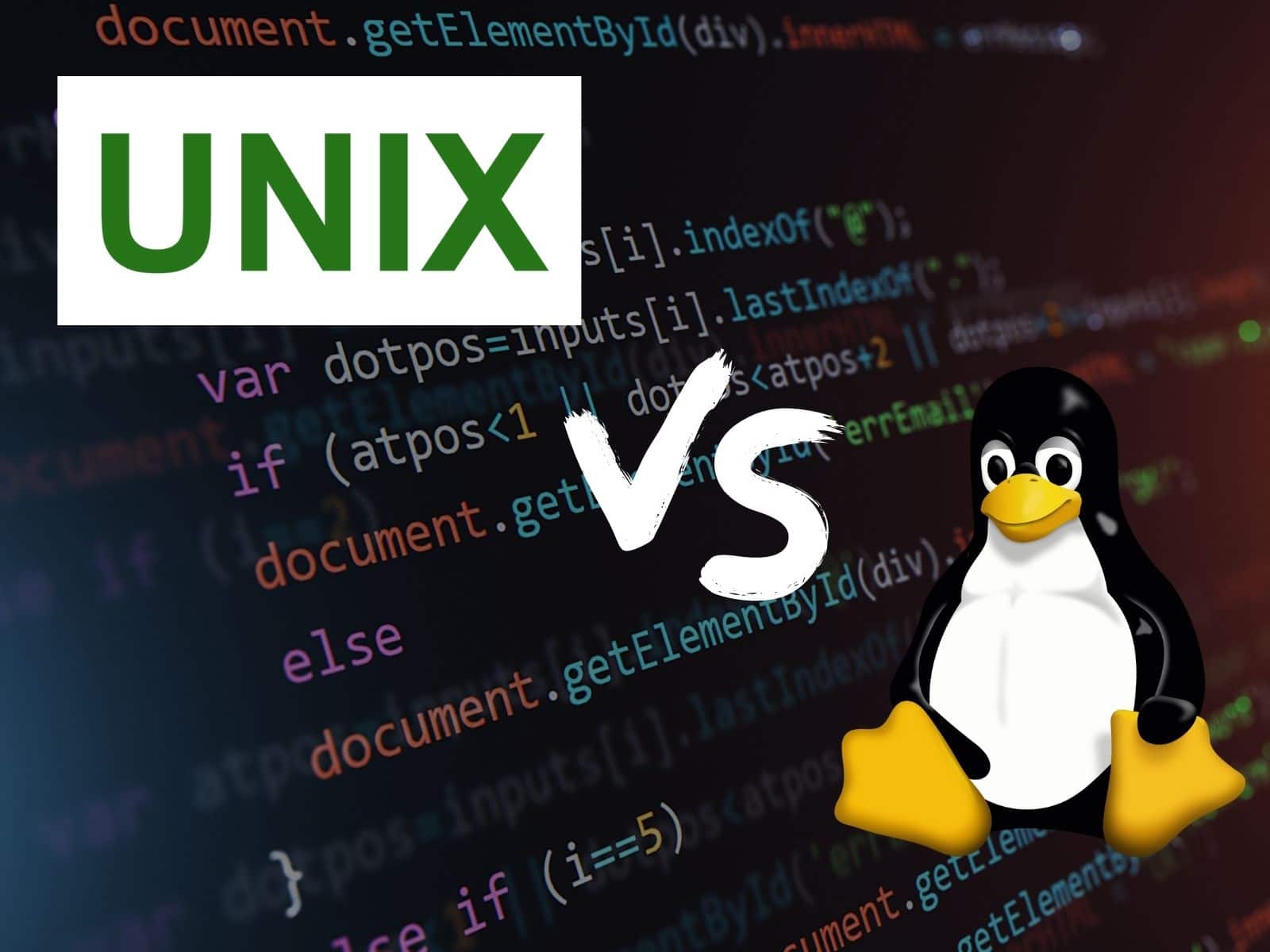Operating Systems (OS) serve as the cornerstone of modern computing, governing how hardware and software interact. Among the most influential are Linux and Unix, renowned for their robustness, security, and versatility. Understanding their fundamentals is crucial to appreciate their significance in the digital landscape.
1. Understanding the Essence of Operating Systems (OS)
At its core, an Operating System acts as an intermediary between users and hardware, managing resources, running applications, and providing a user-friendly interface. Linux and Unix excel in this aspect, offering stability and flexibility across various computing environments, from personal computers to servers and embedded systems.
2. Exploring Linux: Open Source Innovation
Linux, conceived by Linus Torvalds in 1991, embodies the open-source philosophy, allowing users to modify, distribute, and enhance its code. Its collaborative nature has fostered a diverse ecosystem of distributions (distros), such as Ubuntu, Fedora, and Debian, each tailored to different user preferences and needs.
The Linux kernel, the core of the OS, is continuously evolving, incorporating advancements and improvements contributed by a global community of developers. This collective effort ensures regular updates, security patches, and compatibility with a wide range of hardware.
3. Unveiling the Power of Unix: Pioneering Foundations
Unix, originating in the late 1960s, laid the groundwork for many modern operating systems, including Linux. Known for its stability and scalability, Unix operates across diverse platforms, emphasizing a modular design and robust security features.
Unix-based operating systems like MacOS, Solaris, and BSD (Berkeley Software Distribution) inherit the principles of Unix, providing a solid foundation for various computing tasks. Its design philosophy of “everything is a file” and the emphasis on small, single-purpose programs contribute to its reliability and efficiency.
4. Key Differences and Similarities

Linux and Unix share common traits, such as a multi-user environment, robust security models, and a powerful command-line interface (CLI). However, they differ in terms of licensing, kernel architecture, and file systems.
While Linux is typically open-source with various licenses (GNU GPL being prominent), Unix systems often have proprietary licenses. Linux employs the monolithic kernel architecture, where essential functionalities run as a single unit, while Unix systems often use a modular kernel architecture.
File systems also vary between distributions and Unix flavors. Linux commonly uses ext4, while Unix systems might utilize ZFS (Zettabyte File System), UFS (Unix File System), or HFS+ (Hierarchical File System Plus).
5. Impact and Future Trends
The influence of Linux and Unix extends across a wide spectrum, dominating server infrastructure, embedded devices, and supercomputers. Their robustness, security, and adaptability have made them go-to choices for various technological implementations.
With the advent of cloud computing, IoT (Internet of Things), and edge computing, the importance of Linux and Unix continues to escalate. Containerization technologies like Docker and orchestration tools such as Kubernetes leverage their strengths, shaping the future of computing and facilitating efficient deployment and management of applications.
Embracing the Future with Linux and Unix
Both Linux and Unix stand as stalwarts of reliability, security, and adaptability in the realm of operating systems. Whether you’re a developer, a system administrator, or an enthusiast, exploring these robust OSes can unlock a world of innovation and possibilities.
For those interested in a deeper understanding, here are some recommended external resources:
- The Linux Foundation
- Unix and Linux System Administration Handbook
- Ubuntu
- FreeBSD
- Docker Documentation
In conclusion, the world of operating systems, especially Linux and Unix, offers a vast landscape of innovation and reliability. Their impact on technology is undeniable, shaping the digital world as we know it.
Whether you’re an enthusiast, a developer, or an IT professional, immersing yourself in the intricacies of Linux and Unix can significantly expand your horizons in the dynamic realm of operating systems.




